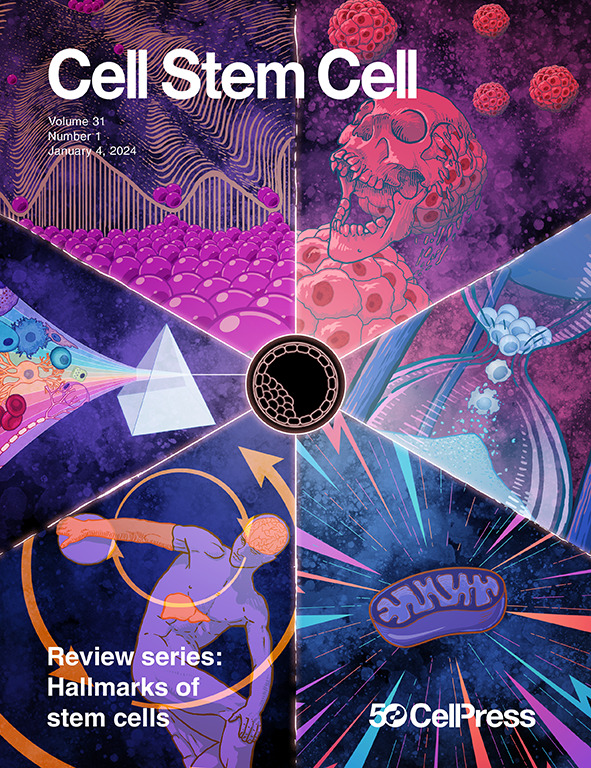An organoid co-culture model for probing systemic anti-tumor immunity in lung cancer
IF 20.4
1区 医学
Q1 CELL & TISSUE ENGINEERING
引用次数: 0
Abstract
Deciphering interactions between tumor micro- and systemic immune macroenvironments is essential for developing more effective cancer diagnosis and therapeutic strategies. Here, we established a gel-liquid interface (GLI) co-culture model of lung cancer organoids (LCOs) and paired peripheral-blood mononuclear cells (PBMCs), featuring enhanced interactions between immune cells and tumor organoids for optimized simulation of in vivo systemic anti-tumor immunity. By constructing a cohort of lung cancer patients, we demonstrated that the responses of GLI models under αPD1 treatment reflected the immunotherapy outcomes of the corresponding patients precisely. Furthermore, we dissected the various tumor immune processes mediated by PBMC-derived T cells within GLI models through functional multi-omics analyses, along with the characterization of circulating tumor-reactive T cells (GNLY+CD44+CD9+) with effector memory-like phenotypes as a potential indicator of immunotherapy efficacy. Our findings indicate that the GLI co-culture model can be used to develop diagnostic strategies for precision immunotherapies, as well as understanding the underlying mechanisms.

探讨肺癌全身抗肿瘤免疫的类器官共培养模型
解读肿瘤微观和全身免疫宏观环境之间的相互作用对于制定更有效的癌症诊断和治疗策略至关重要。在此,我们建立了肺癌类器官(LCOs)和配对的外周血单个核细胞(PBMCs)的凝胶-液界面(GLI)共培养模型,该模型增强了免疫细胞与肿瘤类器官之间的相互作用,优化了体内全身抗肿瘤免疫的模拟。通过构建肺癌患者队列,我们证明GLI模型在αPD1治疗下的反应准确反映了相应患者的免疫治疗结果。此外,我们通过功能多组学分析,剖析了GLI模型中由pbmc衍生的T细胞介导的各种肿瘤免疫过程,以及具有效应记忆样表型的循环肿瘤反应性T细胞(GNLY+CD44+CD9+)的特征,作为免疫治疗疗效的潜在指标。我们的研究结果表明,GLI共培养模型可用于制定精确免疫治疗的诊断策略,并了解其潜在机制。
本文章由计算机程序翻译,如有差异,请以英文原文为准。
求助全文
约1分钟内获得全文
求助全文
来源期刊

Cell stem cell
生物-细胞生物学
CiteScore
37.10
自引率
2.50%
发文量
151
审稿时长
42 days
期刊介绍:
Cell Stem Cell is a comprehensive journal covering the entire spectrum of stem cell biology. It encompasses various topics, including embryonic stem cells, pluripotency, germline stem cells, tissue-specific stem cells, differentiation, epigenetics, genomics, cancer stem cells, stem cell niches, disease models, nuclear transfer technology, bioengineering, drug discovery, in vivo imaging, therapeutic applications, regenerative medicine, clinical insights, research policies, ethical considerations, and technical innovations. The journal welcomes studies from any model system providing insights into stem cell biology, with a focus on human stem cells. It publishes research reports of significant importance, along with review and analysis articles covering diverse aspects of stem cell research.
 求助内容:
求助内容: 应助结果提醒方式:
应助结果提醒方式:


